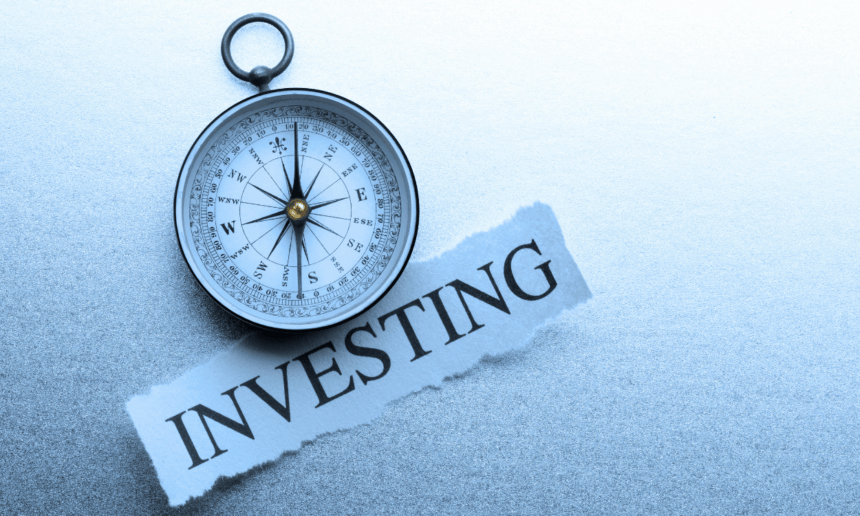The landscape of end-of-life traditions is experiencing notable changes as more individuals in the United States opt for cremation over traditional burials. Spurred by factors such as cost-effectiveness, evolving cultural values, and heightened environmental consciousness, cremation is increasingly becoming the preferred choice. This shift is compelling funeral service providers to rethink strategies and offerings in order to stay competitive. As the cremation trend continues to rise, businesses within the industry are forced to navigate through an evolving market with opportunities for innovation and adaptation.
Cremation has progressively gained favor, significantly due to its affordability when compared to burial services. Recent data indicates a significant rise in cremation rates, with projections suggesting it will account for over 80% of the market by 2045. This growth signifies a departure from past preferences. Historically, despite cremation’s affordability, traditional funerals maintained a stronger foothold, as cultural norms leaned heavily towards conventional burial methods. However, the modern consumer’s needs now prioritize cost savings and environmental considerations, reshaping preferences.
What Drives Cremation’s Growing Popularity?
The notable increase in cremation largely results from its cost benefits. Compared to the substantial expenses associated with burials, direct cremation options present a budget-friendly alternative, resonating with families keenly aware of rising living costs. Cultural changes also influence this trend. A growing portion of the population now prefers simpler, less ritualistic ceremonies, reflecting decreased adherence to traditional religious practices. Furthermore, the environmental impact of traditional burials is another consideration, with growing awareness of land use and chemical concerns.
How Is the Industry Responding?
As cremation continues its dominance, the funeral industry finds itself grappling with reduced revenue from traditional services. Providers are exploring diversification strategies to offset income declines associated with direct cremations.
Leading companies such as Service Corporation International are capitalizing on the shift by broadening their service offerings to include more cremation-focused packages, aiming to attract a broader clientele.
Smaller establishments face greater challenges, some even resulting in eventual closures, due to their limited capability to pivot effectively during this market evolution.
The increase in cremation’s popularity doesn’t just alter economic perspectives but also drives innovation within the industry. Technologies like alkaline hydrolysis and promession, both of which offer more environmentally friendly alternatives to traditional cremation, are becoming integral to meeting customer demands for sustainability. Such advances indicate that the sector is responsive to ecological concerns and willing to incorporate cutting-edge solutions where feasible.
Adaptability remains a key factor in the industry’s future, as businesses incorporating modern technologies and diverse service models demonstrate resilience. Industry leaders and newcomers alike are recognizing the importance of offering choices that resonate with modern values, ensuring not only survival but potential growth amid these transformative times.
Navigating the shifting funeral landscape requires a keen understanding of consumer preferences, technological advancements, and business adaptability. Companies that successfully integrate sustainability initiatives and innovative solutions stand poised to capture the expanding market. As consumer awareness of environmental issues and cost considerations continues to rise, the funeral industry must remain vigilant and responsive.










